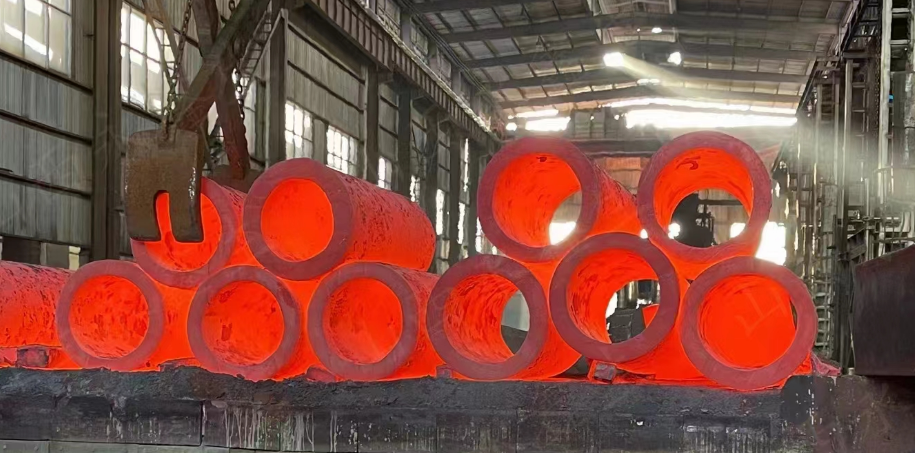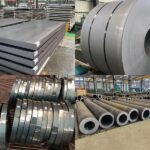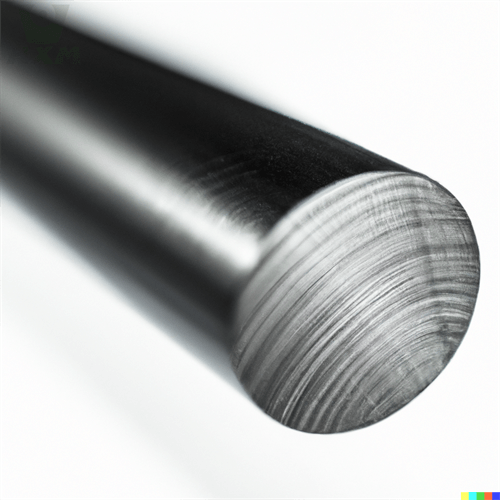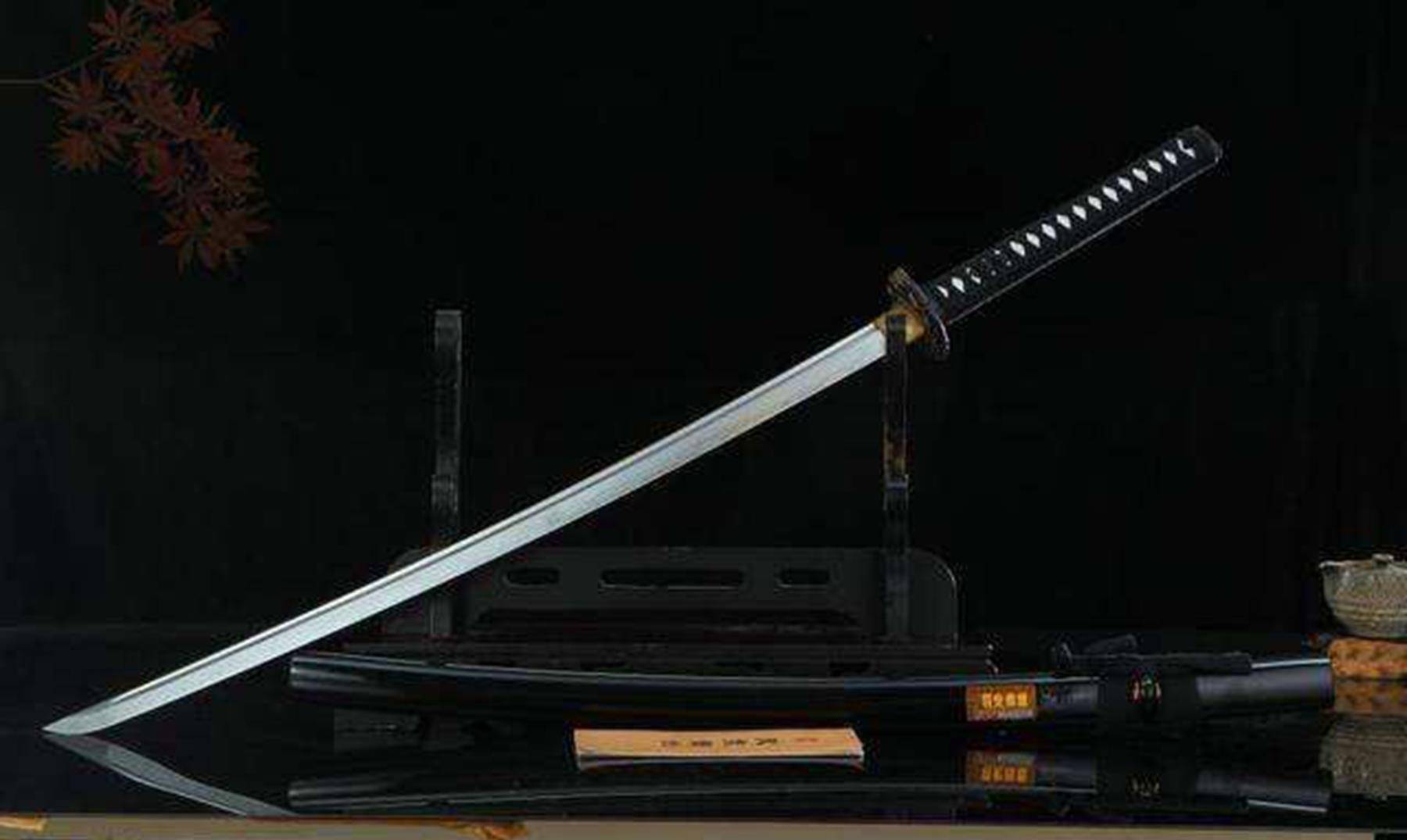Mild steel, also known as low-carbon steel, is a widely used material in various industries due to its ductility, weldability, and relatively low cost. However, its low carbon content makes it softer and less resistant to wear and tear compared to other steel grades. Hardening mild steel involves increasing its hardness and strength through a controlled heat treatment process. This article aims to provide a detailed, professional, and precise guide on how to harden mild steel, emphasizing both the process and safety considerations.

How to Harden Mild Steel?
How to Harden Mild Steel? – 1. Understanding the Hardening Process:
The hardening of mild steel primarily involves two stages: austenitization and quenching. Austenitization is the process of heating the steel to a temperature where its carbonite transforms into austenite, a structure that allows carbon to dissolve more easily. Quenching refers to rapidly cooling the steel after austenitization to lock in the desired hardness.
How to Harden Mild Steel? – 2. Equipment and Materials Needed:
- Heat Source: A furnace or induction heater is essential for heating the steel.
- Quenching Medium: Water, oil, or a polymer-based quenching fluid is used for rapid cooling.
- Safety Equipment: Gloves, protective eyewear, and heat-resistant clothing are crucial for protecting the operator.
- Thermometer: For monitoring the temperature during the heating process.
How to Harden Mild Steel? – 3. Step-by-Step Hardening Process:
- Cleaning and Preparation: Remove any grease, dirt, or scale from the steel surface using a wire brush or chemical cleaner. This ensures uniform heating and prevents impurities from affecting the hardening process.
- Heating the Steel: Place the steel in the heat source and gradually increase the temperature to about 850-900°C (1562-1652°F). Monitor the temperature closely using a thermometer to avoid overheating, which can damage the steel.
- Maintaining Temperature: Hold the steel at the desired temperature for sufficient time to allow the carbonite to transform completely into austenite. This time depends on the thickness and composition of the steel.
- Quenching: Rapidly remove the steel from the heat source and immerse it in the quenching medium. The rapid cooling causes the austenite to transform back into martensite, a harder structure that increases the steel’s hardness.
- Tempering (Optional): After quenching, the steel may be tempered to reduce its brittleness and achieve desired mechanical properties. This involves reheating the steel to a lower temperature (around 200-650°C, or 392-1202°F) and allowing it to cool slowly.
How to Harden Mild Steel? – 4. Safety Considerations:
- Heat Hazards: Mild steel can reach very high temperatures during the hardening process, posing a risk of burns and other thermal injuries. Wear heat-resistant gloves and clothing, and avoid direct contact with hot steel.
- Quenching Hazards: Quenching can generate steam or fumes, which can be harmful if inhaled. Ensure adequate ventilation in the work area and wear protective eyewear to prevent splashes.
- Equipment Safety: Inspect the heat source and quenching equipment regularly for any defects or malfunctions. Use only approved and reliable equipment.
- Personal Protective Equipment (PPE): Wear appropriate PPE, including gloves, safety goggles, and heat-resistant clothing, to protect against splashes, burns, and other injuries.
- Work Environment: Ensure the work area is clean, well-lit, and organized to minimize tripping hazards and other accidents.
How to Harden Mild Steel? – 5. Tips for Successful Hardening:
- Accurately control the heating temperature and time to avoid overheating or under-heating.
- Use a suitable quenching medium based on the steel type and desired hardness.
- Monitor the steel’s temperature closely during the hardening process using a reliable thermometer.
- Practice safety measures diligently to prevent accidents and injuries.
Conclusion
In conclusion, hardening mild steel requires precision, expertise, and strict attention to safety. By following the step-by-step process outlined in this article and adhering to safety guidelines, one can successfully harden mild steel and enhance its durability and performance.
Thank you for reading our article and we hope it can help you to have a better understanding of how to harden mild steel. If you are looking for mild steel suppliers online now, please don’t hesitate to contact Huaxia Steel.
As a leading supplier of carbon steel products from Shanghai China, Huaxia Steel provides customers with high-quality carbon steel, tool steel, alloy steel, carbon steel tubes, and carbon steel pipes at a very competitive price.







